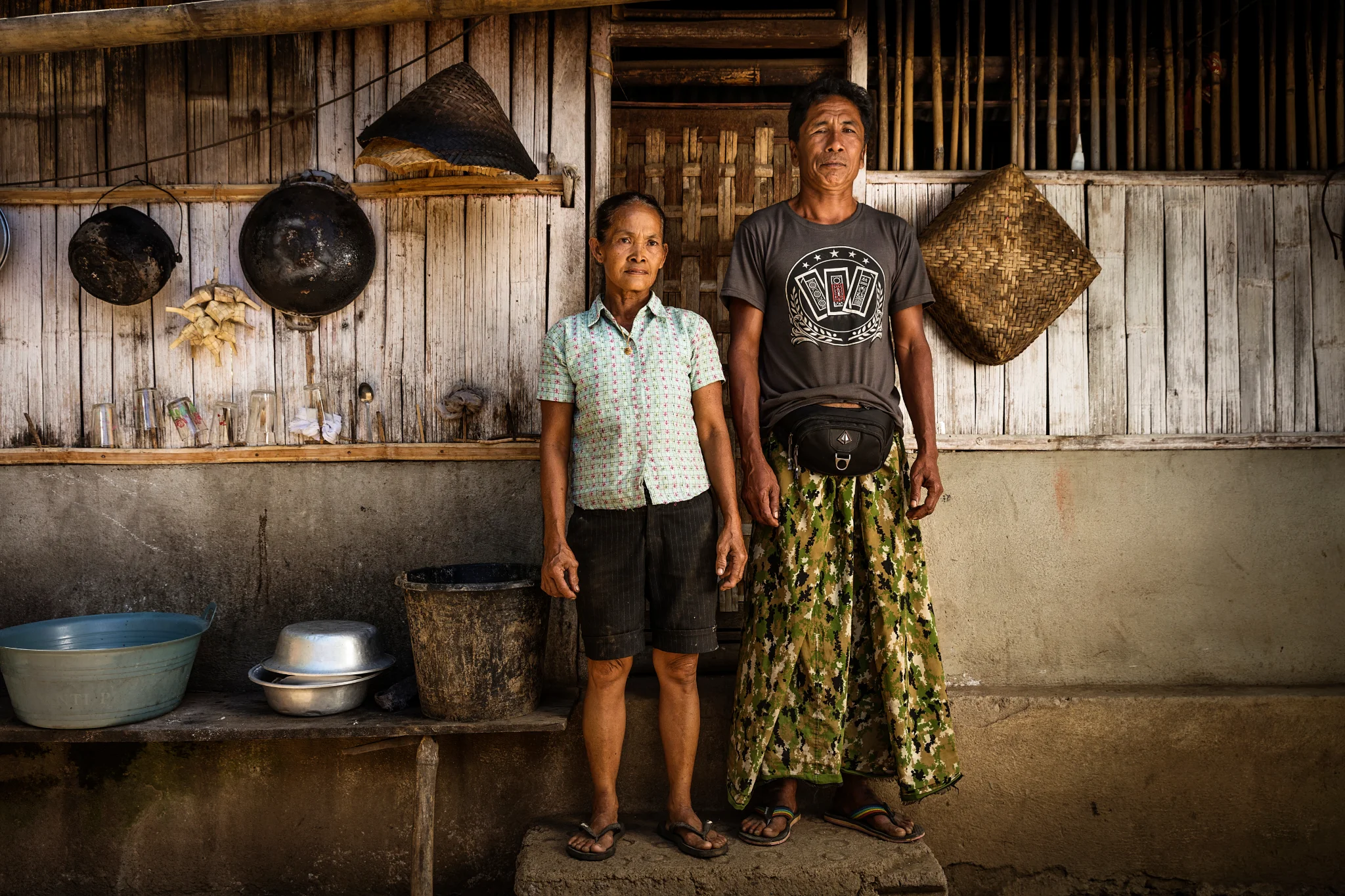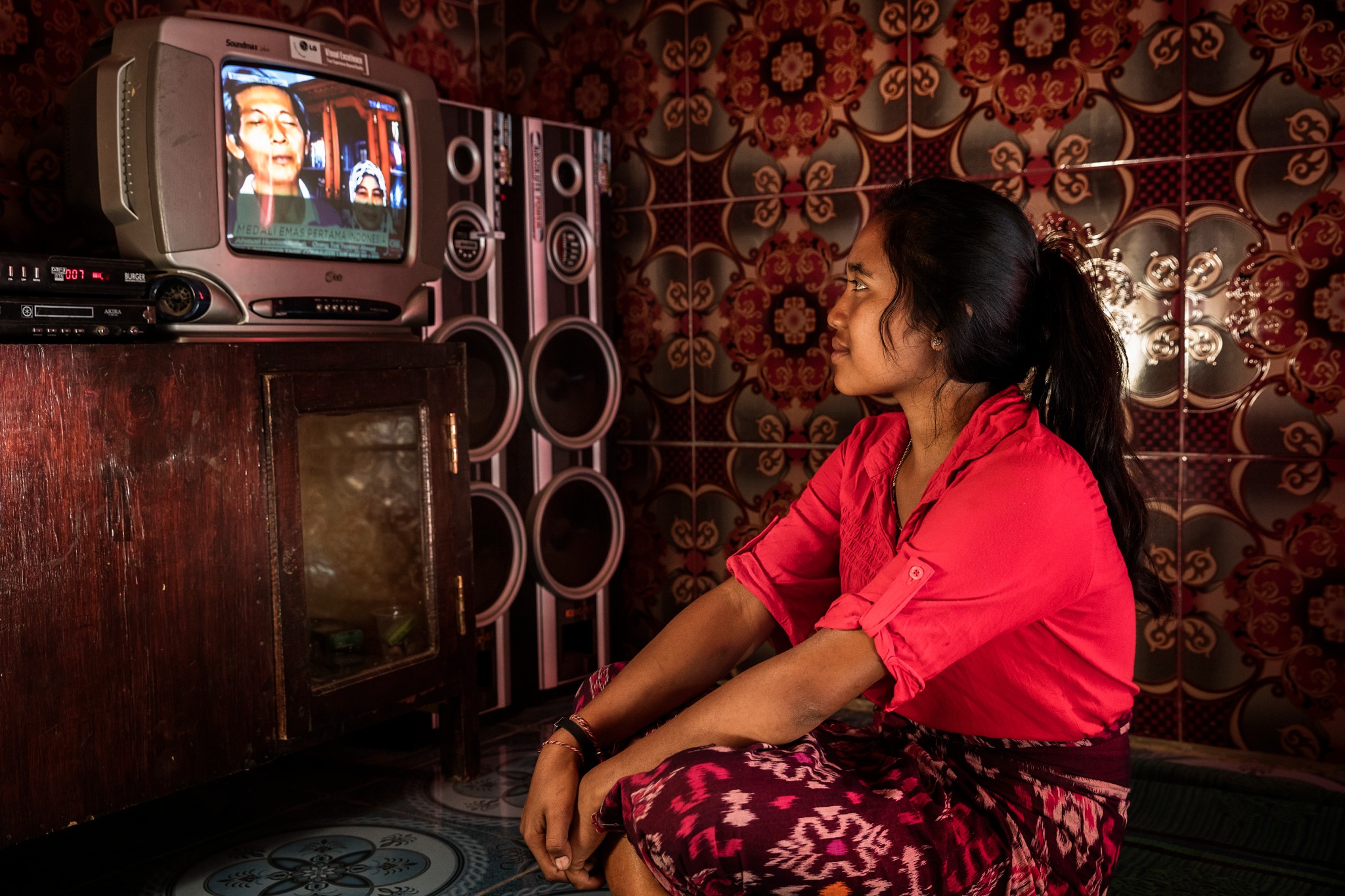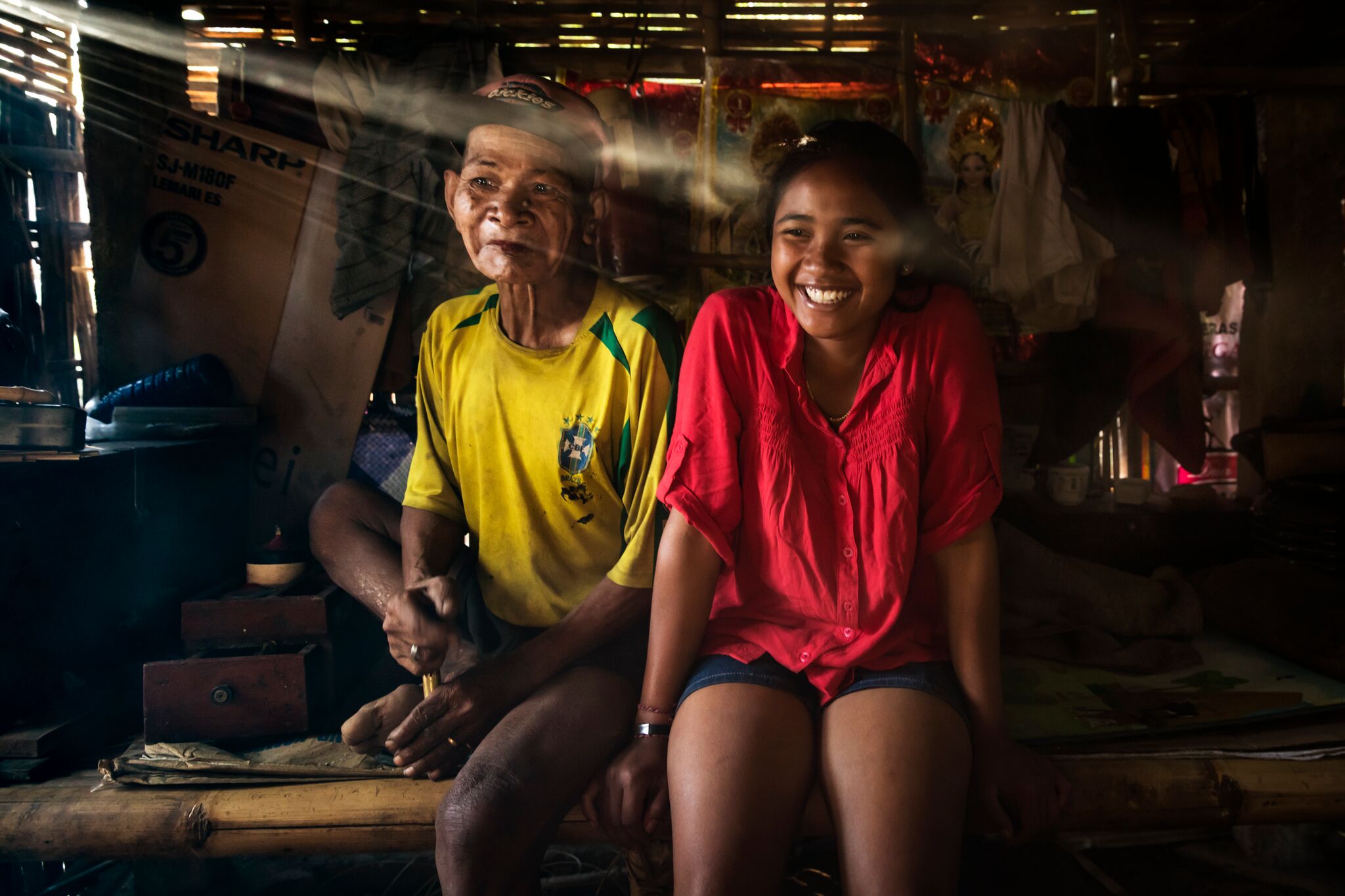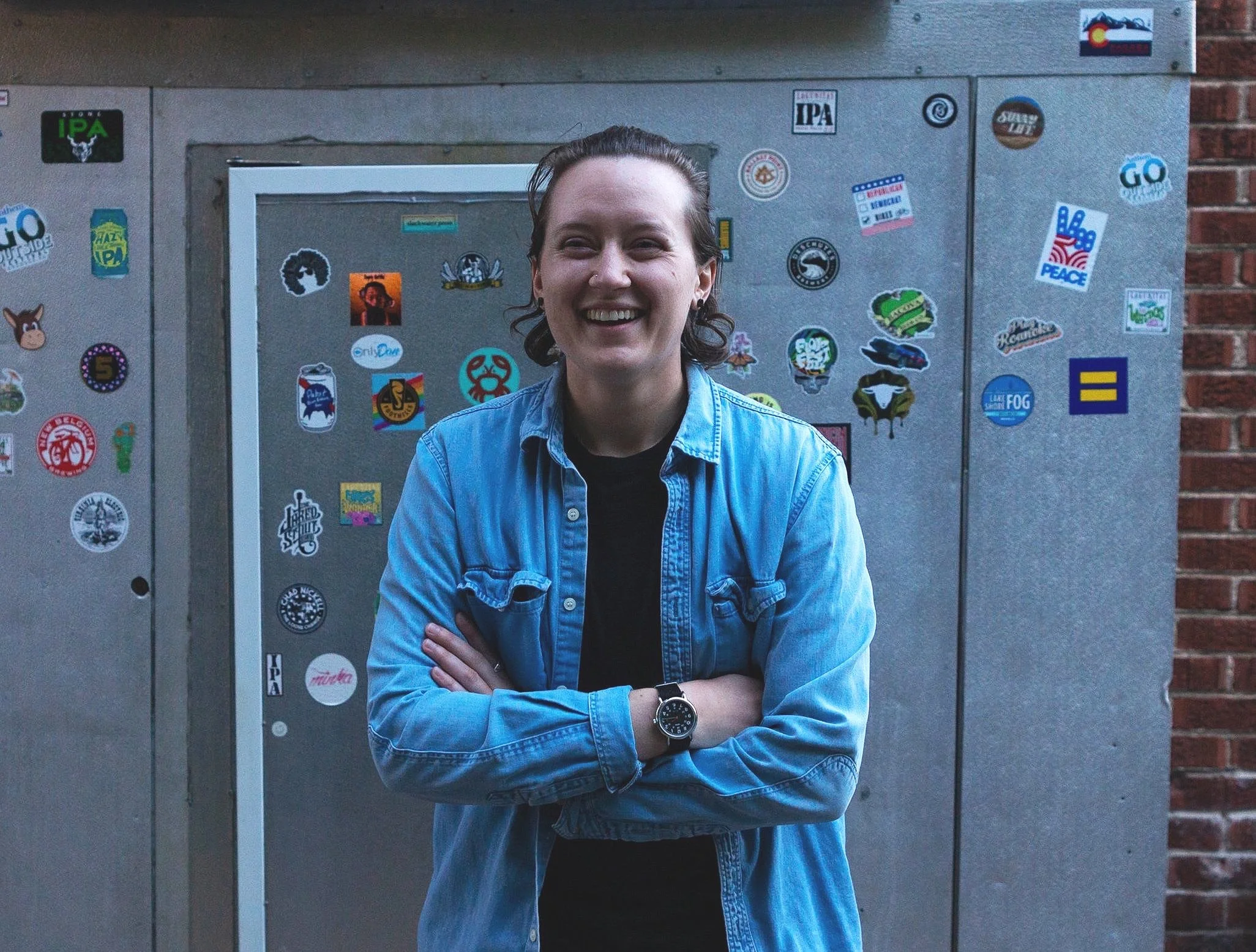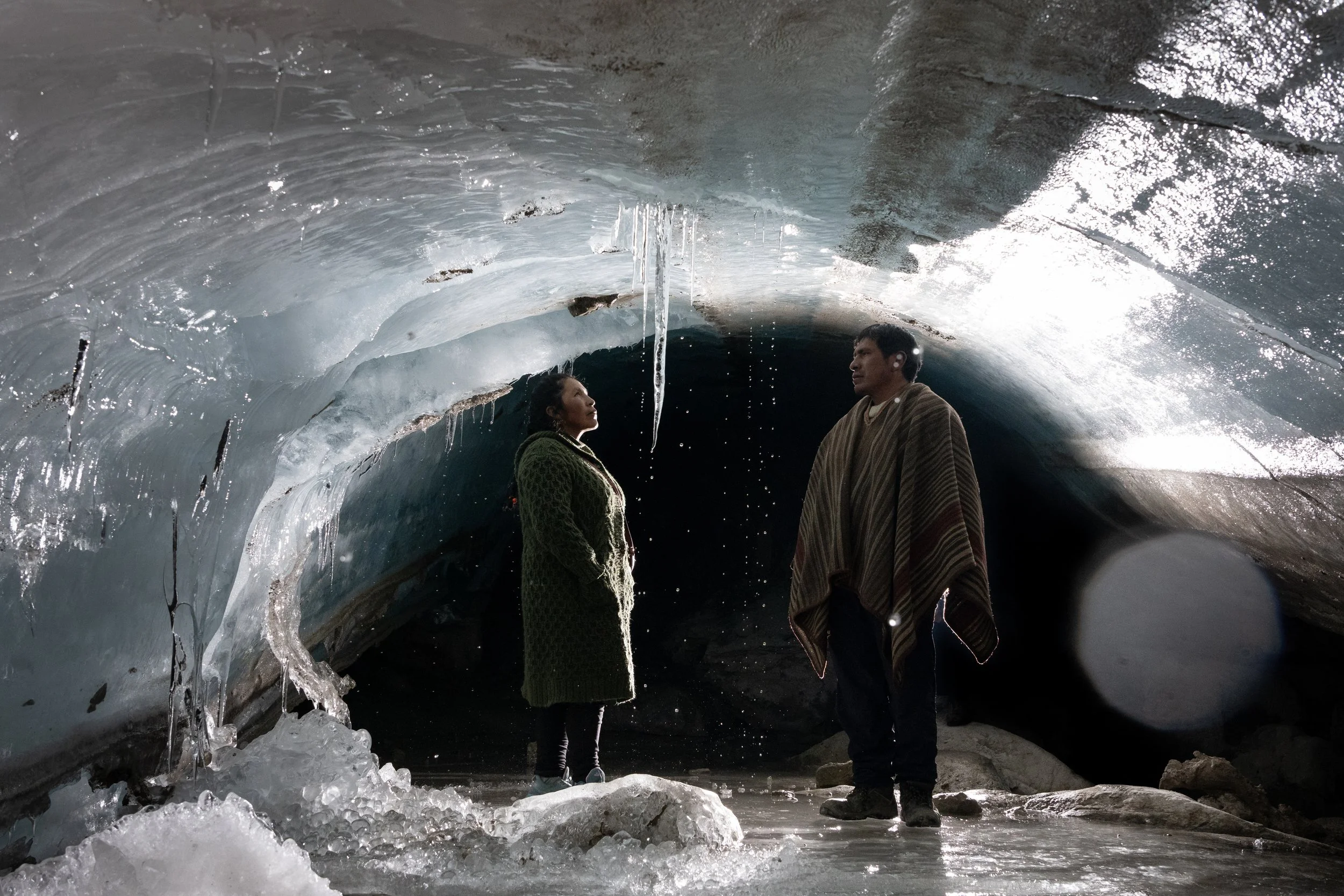Photo by Brian Hodges
When Mount Agung in East Bali began erupting in late November, thousands were forced to evacuate. More than three weeks later, over 70, 000 people continue to be displaced from their homes with no certainty of when it will be safe to return. With few places to go, and little resources, local NGOs are doing their best to fill the gap and offer relief.
The East Bali Poverty Project (EBPP) was one of the first NGOs on the scene during the initial eruption of Mount Agung. In 2016, PWB sent photographer Brian Hodges to East Bali to document some of the work EBPP has been doing to help local communitities for the past twenty years.
Photo by Brian Hodges
Photo by Brian Hodges
In 1998, David Booth was approached by a struggling village whose people were in desperate need of help. Research conducted by Booth at the time revealed that thousands of villagers lived without clean water, sanitation, healthcare, or electricity. Malnutrition was rampant. There was no education system and illiteracy was approaching a rate of 100 per cent. And thus, the East Bali Poverty Project was born.
Photo by Brian Hodges
Photo by Brian Hodges
From day one, Booth expressed his belief in the self-empowerment of the villagers. “It was essential that staff were locally recruited and that they joined because of their desire to see their village escape from abject poverty,” Booth said.
Photo by Brian Hodges
This business model followed the key principle of no third-party involvement, which meant the villagers helped themselves towards sustainable social and economic development that would start from the bottom-up. The project was mindful of local customs, and employed local techniques and solutions, to address demographically-unique problems.
Photo by Brian Hodges
Roadways were developed using volcanic sand excavated from nearby sources, with Vetiver grass planted on the verges to halt erosion. A school was built using local bamboo, eradicating the need for imported steel. The villages had no constant source of water, so the EBPP constructed hygienic water tanks. The success of this is staggering, and the results speak for themselves.
Photo by Brian Hodges
Photo by Brian Hodges
“Three-thousand families in 19 isolated, scattered and impoverished mountain hamlets that had no access to communication with the outside world in 1998, to now 80 per cent with road infrastructure, 90 per cent with clean water availability, half with toilets, and 100 per cent with access to health facilities and health care. The six most remote communities [are] getting comprehensive, free education and life skills training from primary to high school [and] university level,” Booth said.
Photo by Brian Hodges
Photo by Brian Hodges
Photo by Brian Hodges
Such a project, over the span of twenty years, comes with remarkable stories. One of Booth’s most memorable accounts involves launching an education program high up on Mont Agung’s slopes. The journey through winding, dirt mountain roads was all on foot, and the team went without clean water or any sort of nutrition, healthcare or transport. “Ninety percent of all children suffered from impetigo, an infectious skin disease which had been endemic for generations without knowledge of cause or cure,” Booth said.
Photo by Brian Hodges
“We had to ensure that all of the thirty or so children were cured of impetigo, for which we had a very effective antibiotic cream that was applied after the wound areas were perfectly clean.”
Booth explained that this meant regular bathing for several days with soap, a simple commodity that many of the hillside communities had never seen or used before. However, with the direction and supervision of the EBPP team, the children were all successfully cured. Booth was moved by the gratuity of the community and of one man in particular, a man whose daughter was cured after four days of treatment.
Photo by Brian Hodges
“The father of the girl came to Komang Kurniawan, EBPP’s team leader, and emotionally offered him Rp1,000 (USD $0.10) saying, “I save for two years this money to give to anyone who saved my daughter’s life, because we expected her to soon die.”
Photo by Brian Hodges
You can find out more about the East Bali Poverty Project in the next episode of PWB TV, and click here to support the EBPP and those effected by Mount Agung.
This article was originally published in PWB Magazine Issue #8, with edits by Jennie Pearson.

